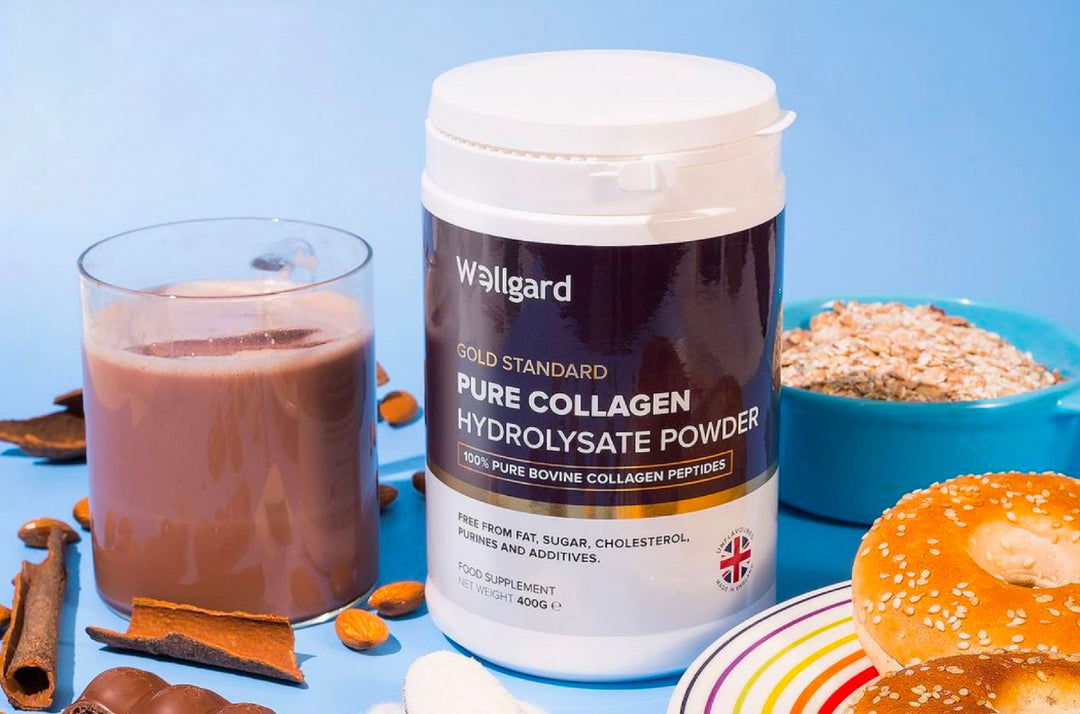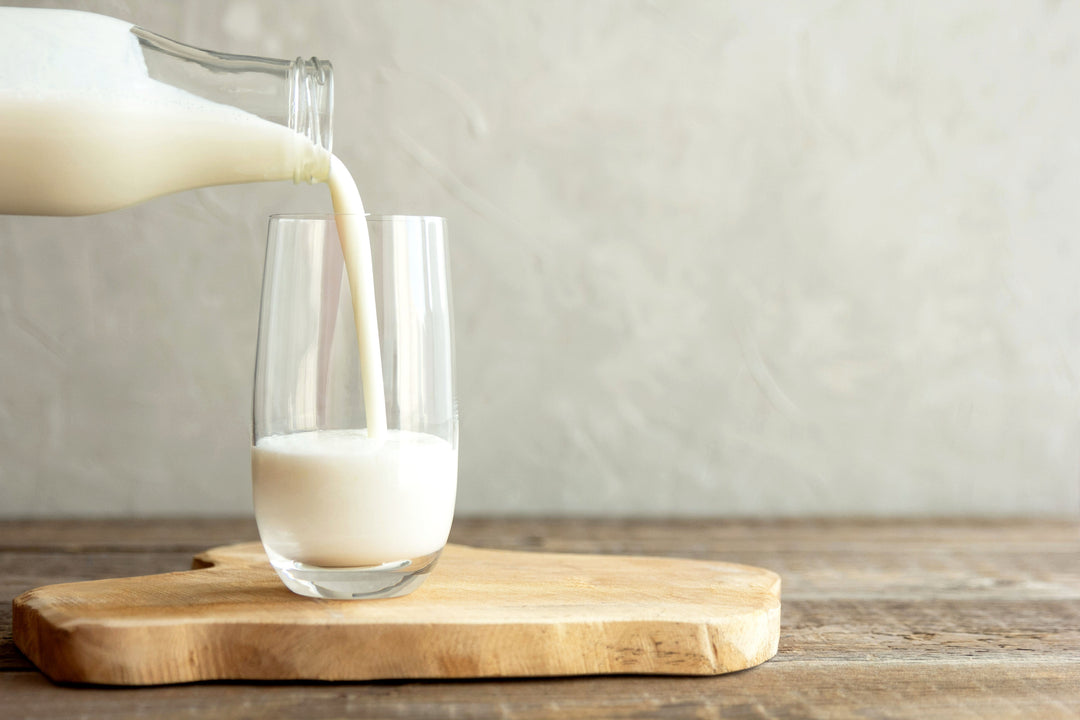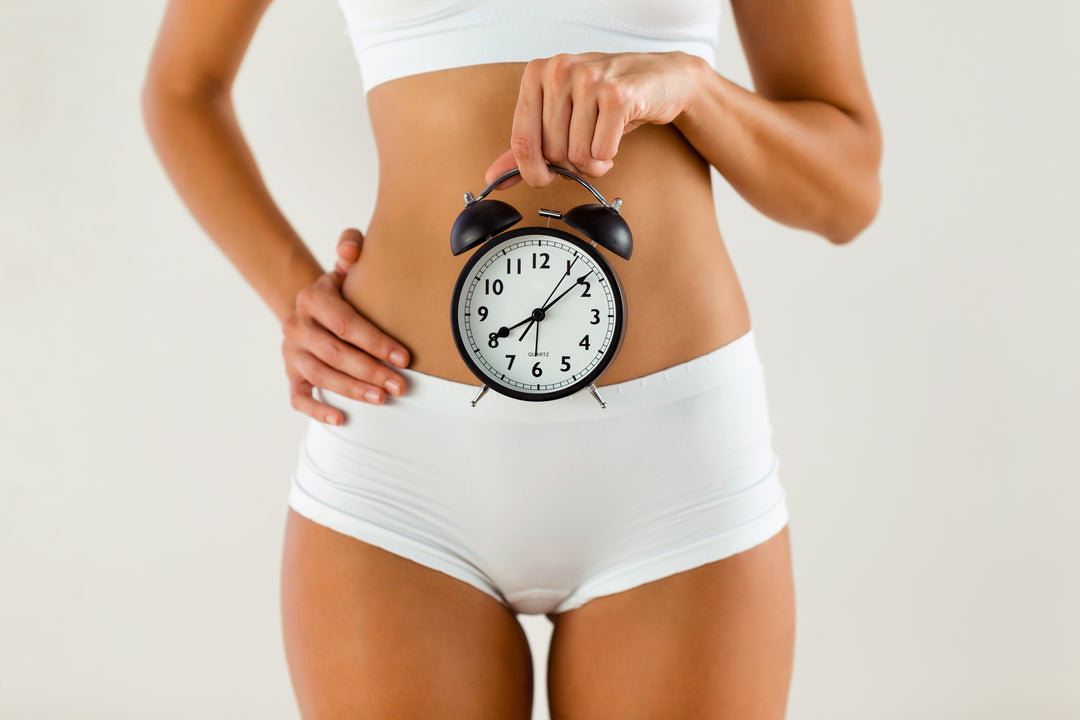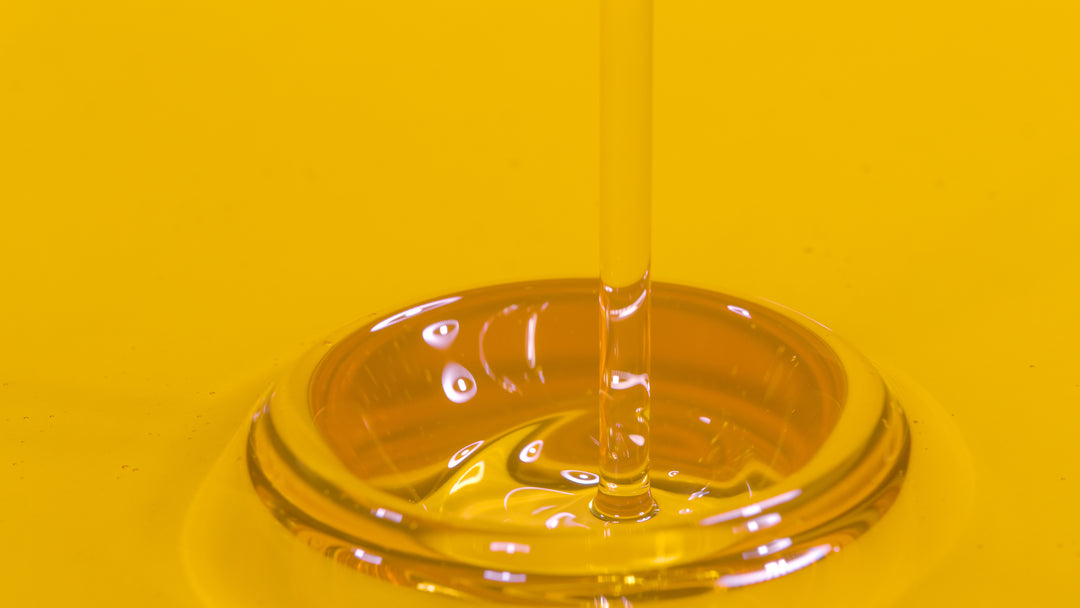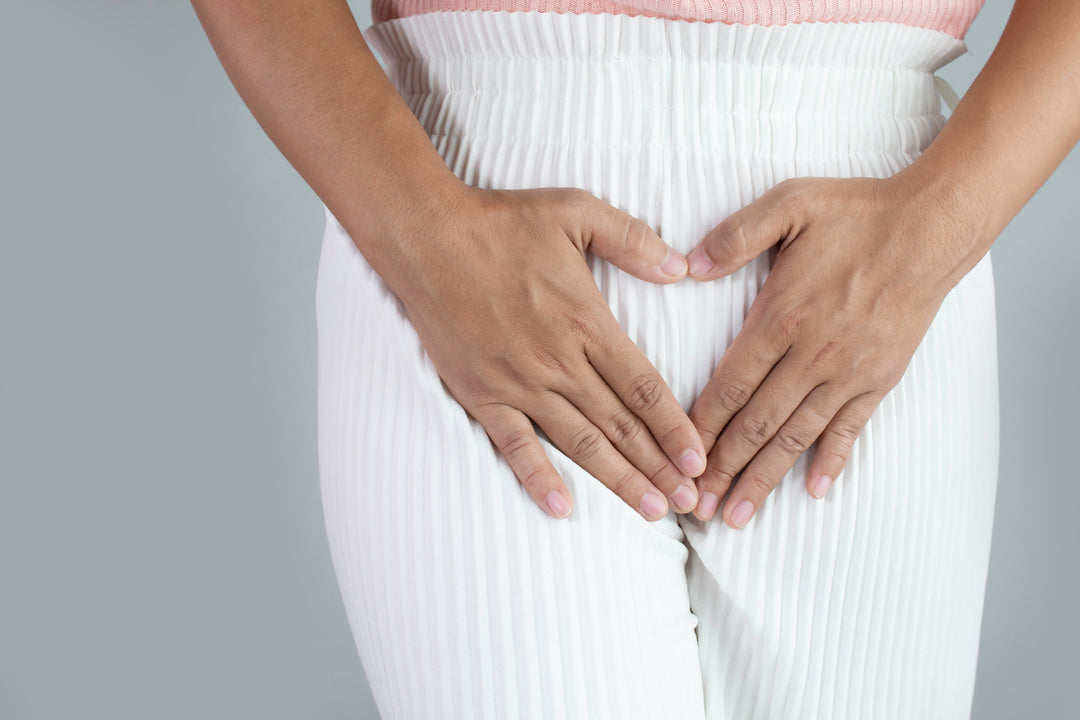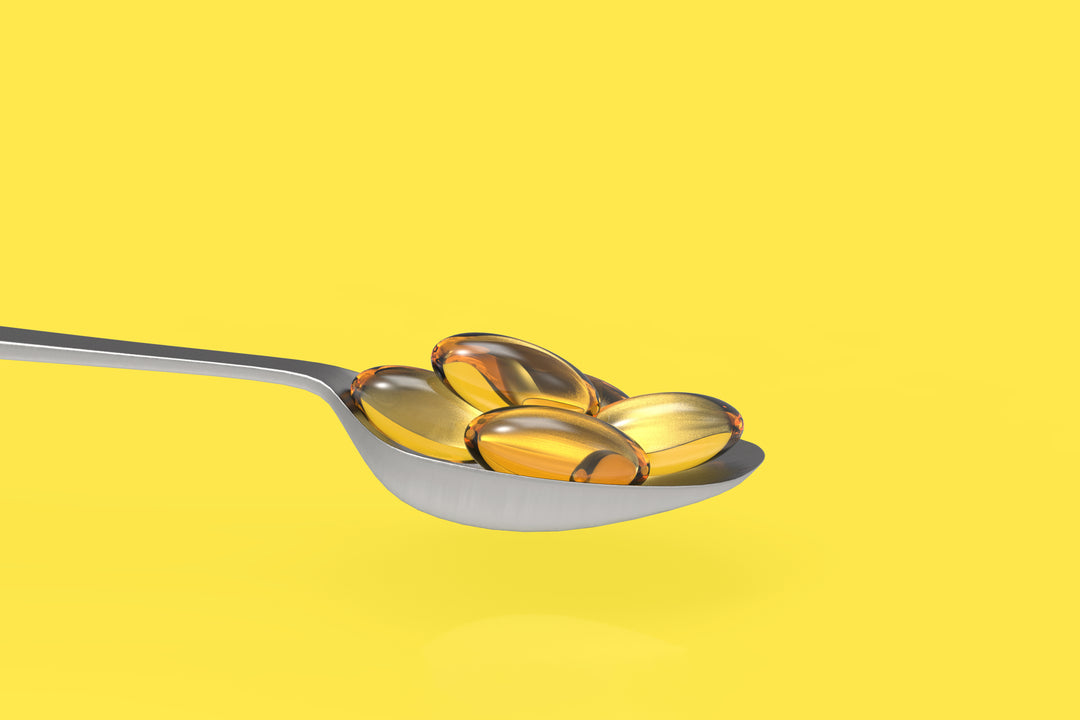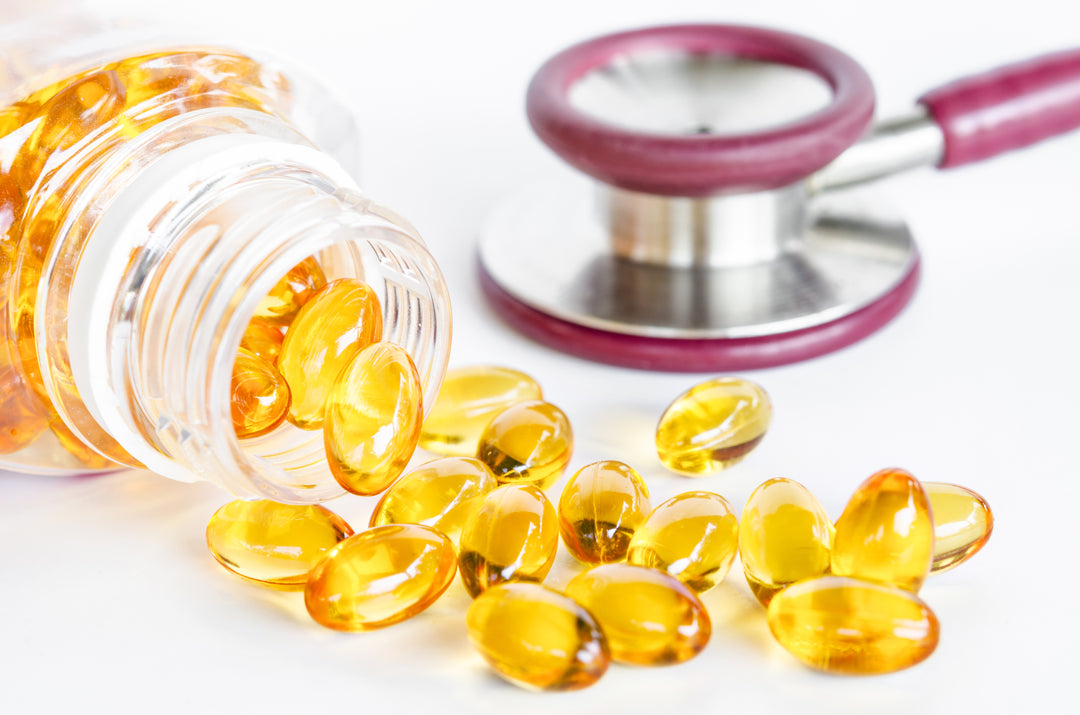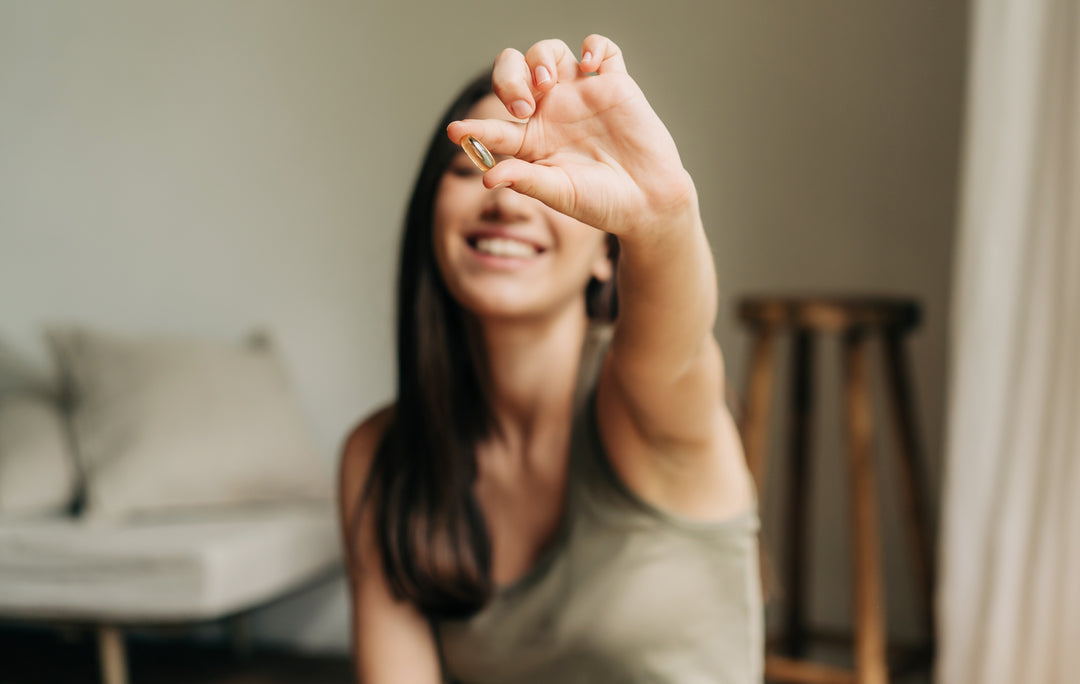Can BV Cause A Positive Chlamydia Test?
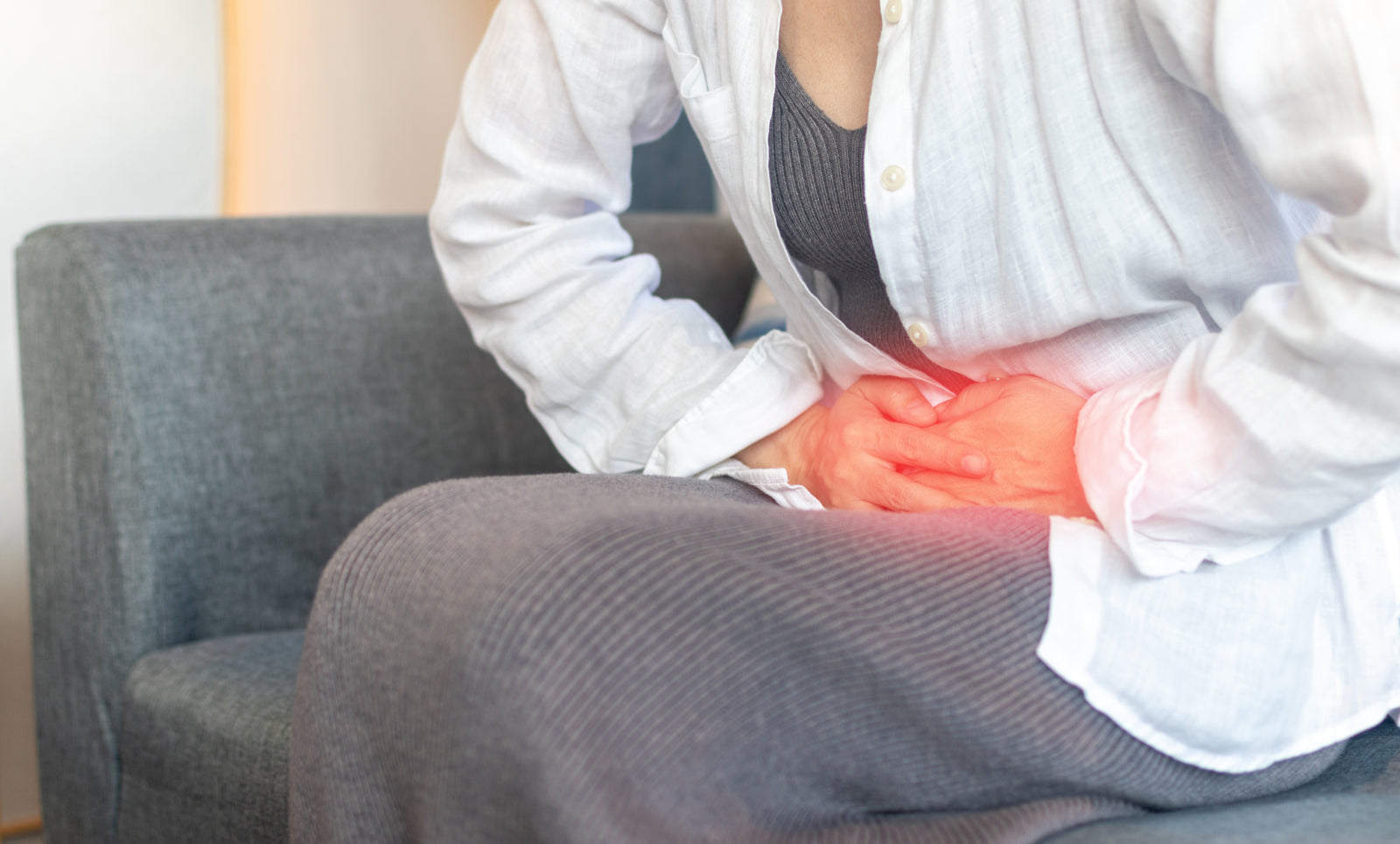
Bacterial Vaginosis is not classified as a type of sexually transmitted infection or disease based on the ‘limitations’ of how it can be spread from person to person. However, having Bacterial Vaginosis could put you at higher risk of contracting an STI or STD. This is due to the intimate bacteria already begin disrupted and therefore more likely to be susceptible to more ‘harmful bacteria causing even more disruption. By disruption, we mean that the intimate area is overpopulated with ‘bad’ and ‘harmful’ bacteria that are the cause of many bacterial infections like Bacterial Vaginosis as well as thrush and other yeast-related infections. It is also believed that there is a link between Bacterial Vaginosis and certain STIs. It’s likely that, if you have Bacterial Vaginosis, then you are at risk of contracting and therefore testing positive for Chlamydia. BV and Chlamydia share similar characteristics; both are bacterial-related infections! However, they do differ in the sense that BV is not sexually transmitted where as Chlamydia is; that's one reason why Bacterial Vaginosis is not classified as an STI. You can get BV without ever having sexual intercourse (intimate bacteria disruption) as it can from poor hygiene, overwashing or even diet-induced. Now that we’ve cleared up what makes the two ‘types’ of infections different, let's explore further if having BV can cause a positive Chlamydia test…
Can BV turn into Chlamydia if left untreated?
To put it short, Bacterial Vaginosis is not a sexually transmitted infection and will not ‘grow’ or transform into an STI (like Chlamydia) even if it’s left. Even though, if you know you have BV, it should always be treated, it’s not going to turn into an STI! You might have contracted Bacterial Vaginosis due to sitting in damp or sweaty clothing, frequently, thus disrupting your intimate flora and bacteria. Therefore, if that is what is likely to have triggered your BV and you’ve not recently (or ever) had sexual intercourse then how could BV then ‘turn into’ an STI? The term STI refers to the passing of bacteria or infection from person to person during sexual activity; specifically, interocurse. Now, it is worth pointing out that if you knowingly do not treat BV, then you are at a much higher risk of contracting STIs or STDs ONLY WHEN you become sexually active (again)! You might go for some time unknowing that you have any intimate bacteria disruption so make sure you are up to date with your pelvic examinations and always be aware of any intimate odour, discharge changes or discomfort as these could be the signals that your intimate health needs to be supported.
Can BV trigger Chlamydia?
Bacterial Vaginosis cannot necessarily trigger Chlamydia if you are not sexually active with any one or multiple sexual partners’ largely because BV is not contracting through sexual intercourse. Therefore, with that understanding, if you have not been sexually active, you are not likely to get an STI like Chlamydia. Bacterial Vaginosis cannot turn into a sexually transmitted infection or disease if it’s left untreated. However, if you resume sexual activity whilst you have BV (knowing you have BV or not), you could be exposing yourself to a higher chance of contracting Chlamydia. So you could argue that while BV cannot cause or turn into Chlamydia whilst not sexually active; once you do begin to engage in sexual activity (with BV) then you are increasing your chances of getting an STI like Chlamydia. So, can BV trigger Chlamydia? Only if you are sexually active whilst you have Bacterial Vaginosis; it won't turn into (if left) or trigger Chlamydia on its own.
What bacteria shows up for Chlamydia?
We previously mentioned that Chlamydia and Bacterial Vaginosis do share some similar characteristics, those being.
- They are both bacterial related infections
- They can show minimal or no symptoms for a duration of time
- They can both affect (the early stages of) pregnancy if left untreated
However, they do also have some very important differences, as they are not the same thing after all; Chlamydia is still a sexually transmitted infection after all whereas Bacterial Vaginosis is not classified as an STI! Whilst some individuals do think they are the same thing, for the above reasons they are not. Chlamydia is a very common sexually transmitted infection that is caused by a bacteria commonly referred to as Chlamydia Trachomatis; commonly abbreviated as C.Trachomatis. Once this bacteria is inside a person's body (infected with C.Trachomatis), the bacteria can be spread to multiple persons. Chlamydia is the name given when the bacteria has spread through intercourse or sexual activity from person to person. You can have chlamydia without even knowing it, although if you are sexually active with one or multiple partners without protection then it’s advised to have regular check-ups with a sexual health nurse to ensure any STIs or bacterial infections are treated and cleared up.
Can anything cause a false positive for Chlamydia?
A false positive Chlamydia test is not very common and is therefore very unlikely to happen. Although hypothetically speaking, if you were to believe that your ‘positive’ Chlamydia test is a false positive then there may be a reason for this. Some individuals may be falsely diagnosed with Chlamydia when they either have a different type of infection or none at all. These mistakes are likely to come down to how the specimen collected for testing was tested. The specimen (for testing) could have been compromised during testing, done inaccurately or breached due to lab-related contamination. These are the only likely scenarios in that you may have a rare false positive Chlamydia test.
If you need more information on the topic of Bacterial Vaginosis, be sure to check out our Health Insider Blog where we have covered the subject of BV in great depth; everything from causes, prevention, treatment and myth-busting. If you need further assistance with a personal query, you can send our experts a DM on Instagram and they will help you with your question.





